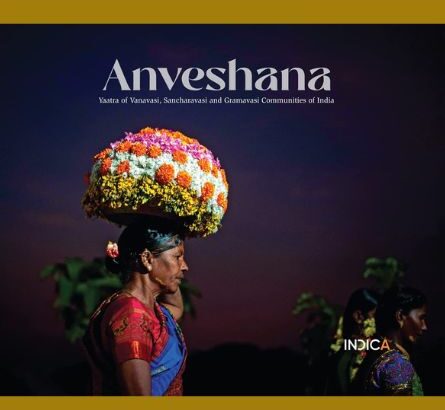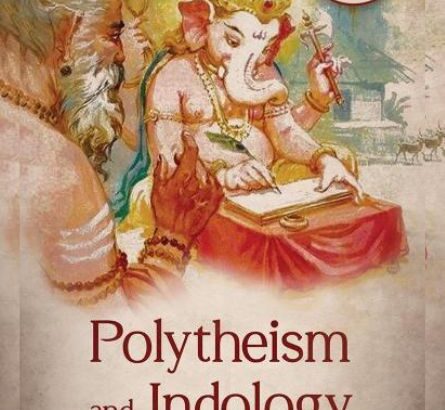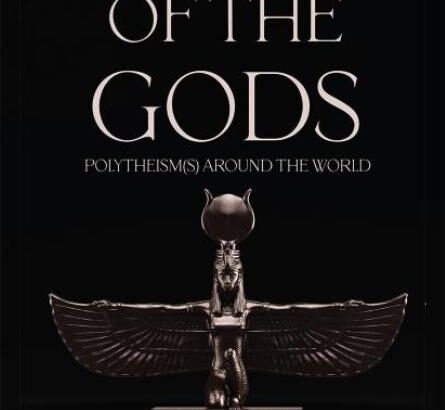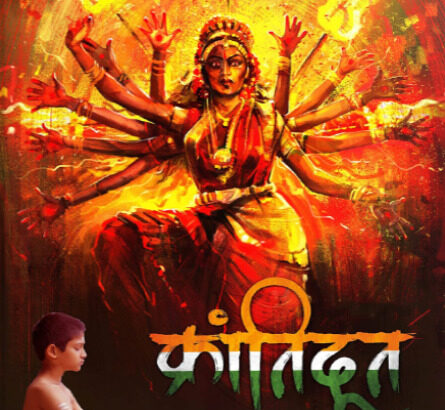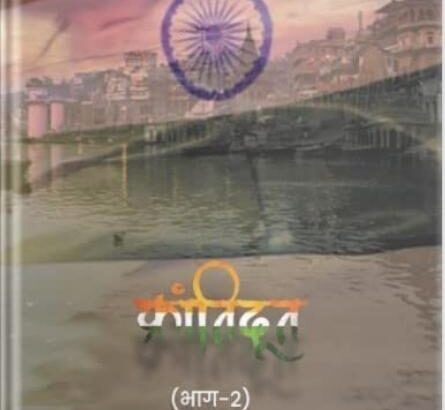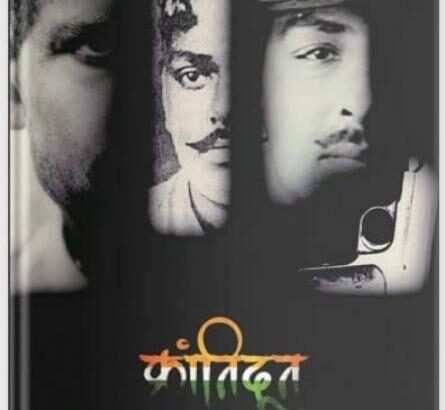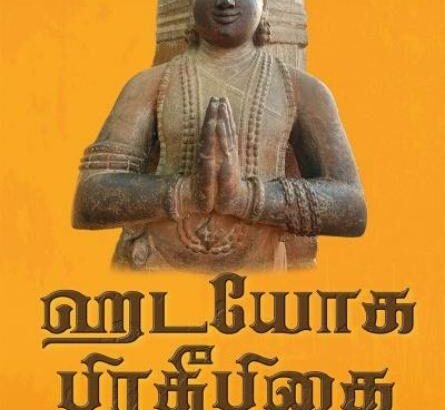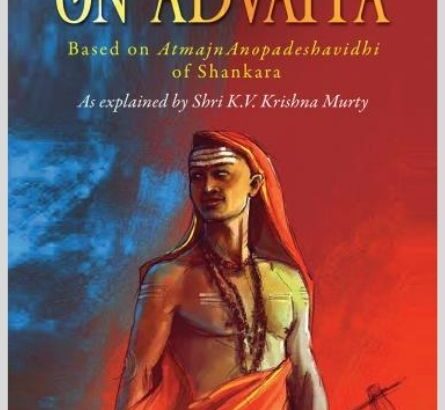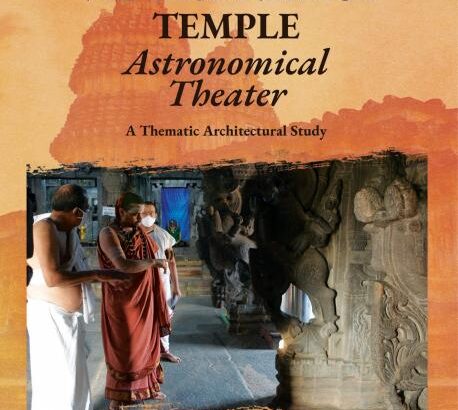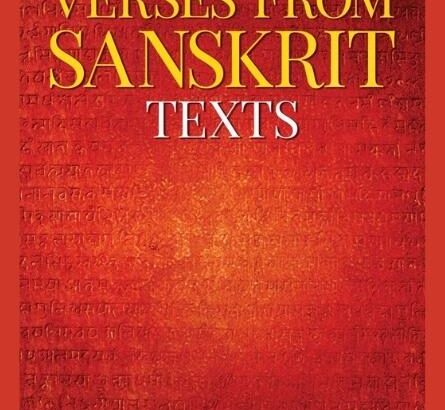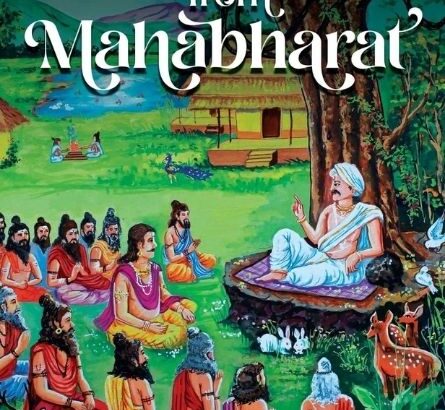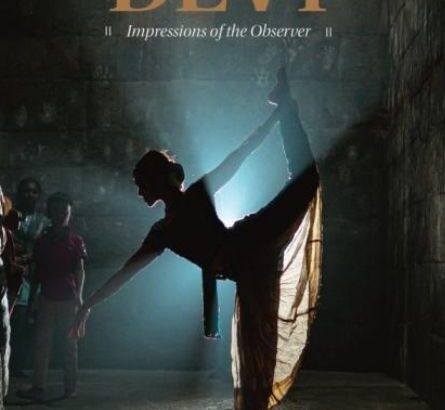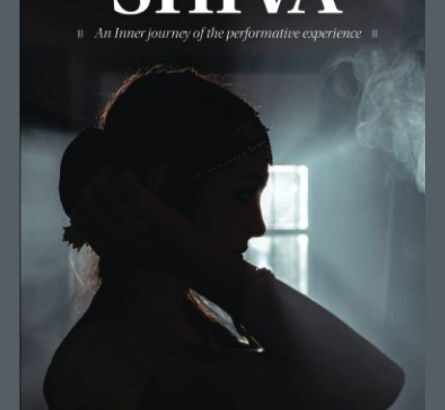Nowhere else is humanity connected with its roots and finds expression in ways so diverse and visibly profound as in Bharat, that is India. The gentle, spiritual essence of common folk - defines a continent within a country. Here, the devoted yaatri can discover anew, as if the land and her folk are revealing splendors in a delightful Anveshana.
Anveshana is a coffee-table book that is an outcome of the Indica Culture Photography Grant 2021 and is focused on the Vanavasi, Sancharavasi and Gramavasi Communities of India. Indica Culture Photography Grant is an initiative of Indica Pictures, a platform under the Indica umbrella. Under the grant upcoming photographers are given a financial grant totaling INR 5,00,000. Published jointly with Chitraayana, another vertical of Indica, Anveshana contains portfolios by ICPG 2021 Grantees consisting of Manish Lakhani, Sankar Sridhar, Sudip Maiti, Abdul Munaff, Isaac Gergan, Himadri Sharma (Late), Devika Sukumaran and Pubarun Basu and prose written by Sumati Mehrishi and Jay Jina.
Going beyond the ordinary, Anveshana will prompt curiosity and fuel a quest for meaning. It will dare the reader to walk in the footsteps of ancestors and yet be made to feel at ease in their own journey of discovery that they are entwined as Yaatris by the history and the geography that are Theertha and Kshetra of Bharat.

